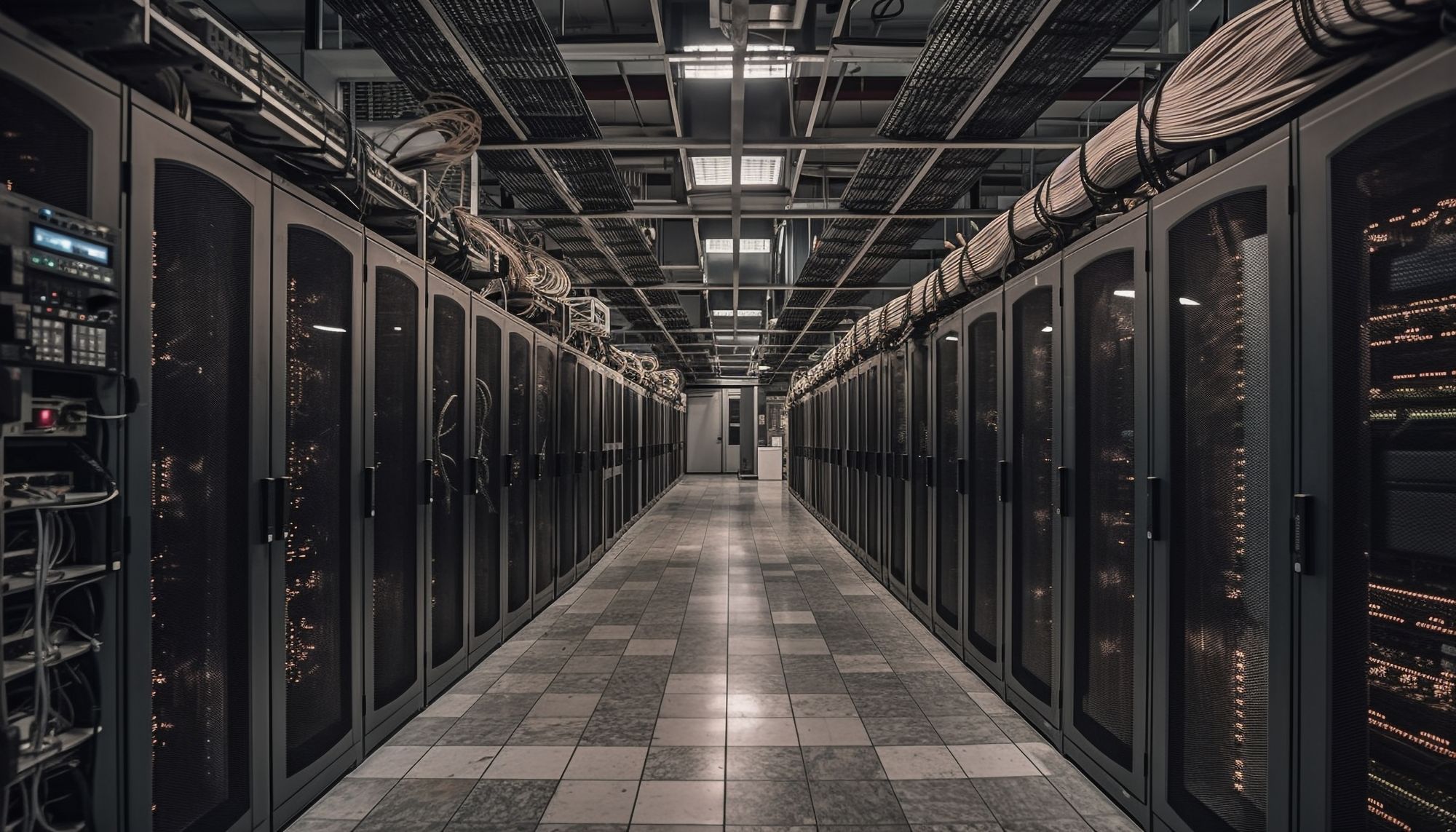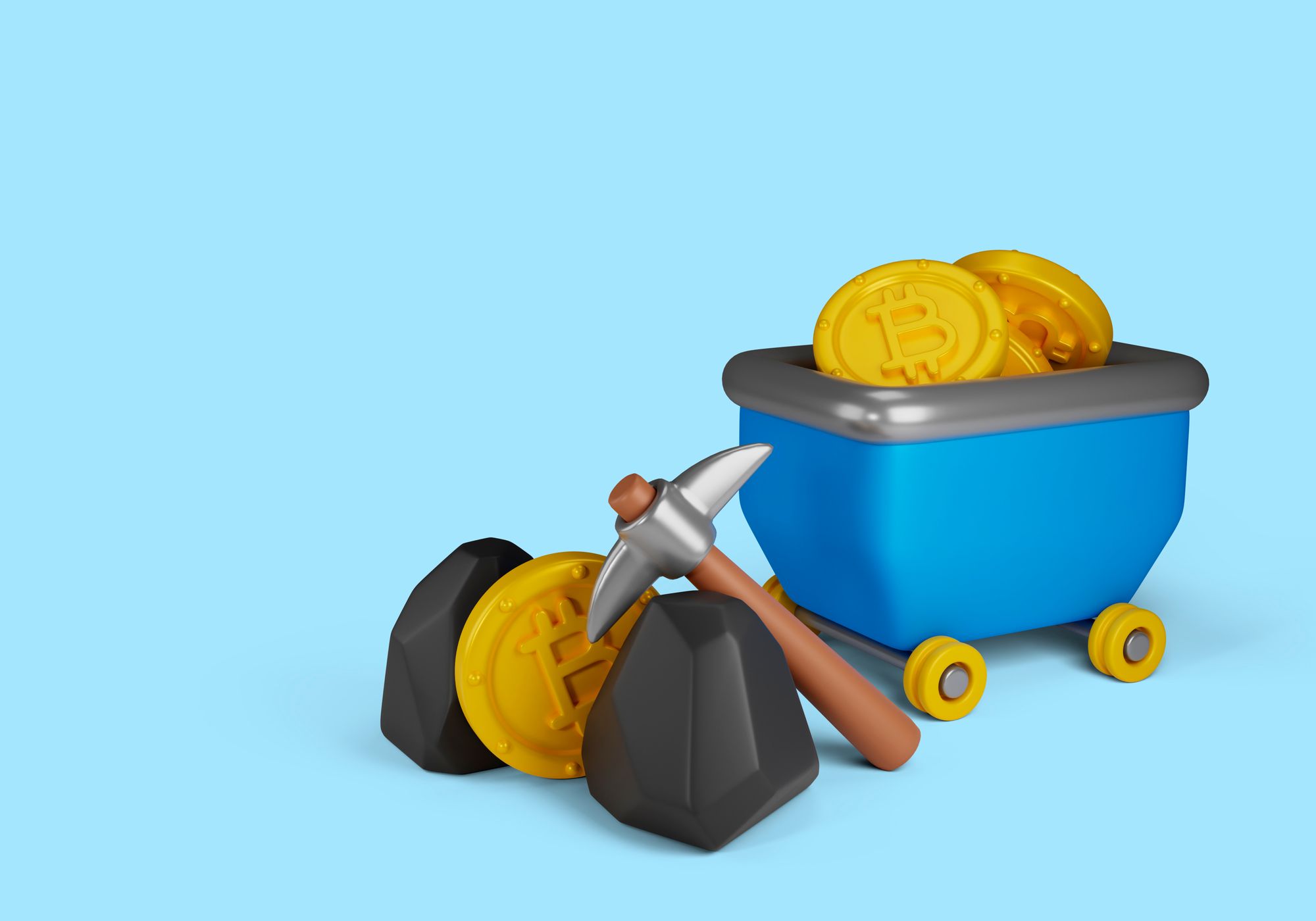
Crypto Mining 101: A Step-by-Step Guide to Cryptocurrency Mining
Table of Contents
Cryptocurrency mining, a vital process in the world of digital currencies, involves securing blockchain networks and offering opportunities for individuals to earn cryptocurrency. In this guide, we'll be exploring the ins and outs of cryptocurrency mining, from its fundamental concepts to the tools and strategies that miners use to extract these digital assets.
Understanding Crypto Mining: What Is It?

Cryptocurrency mining is an essential process that keeps blockchain networks secure, decentralized, and functional. In essence, it involves solving complex mathematical puzzles to validate and record transactions on a blockchain. This important function ensures the stability of the entire cryptocurrency ecosystem.
In a traditional financial system, banks and financial institutions act as intermediaries, verifying and recording transactions. However, cryptocurrencies remove the need for intermediaries by relying on decentralized, peer-to-peer networks. This is where miners come into play.
Miners are individuals or entities with the technical capabilities to participate in mining. They play the role of transaction processors and validators, ensuring the accuracy and security of all transactions on the blockchain. Miners compete to solve cryptographic puzzles, with the first one to successfully complete the task having the privilege of adding a new block to the blockchain. This process is known as "proof of work."
Miners are typically rewarded in two ways. First, they earn transaction fees paid by users for the processing of their transactions. Second, they receive a portion of the newly created cryptocurrency tokens, known as the "block reward." These rewards incentivize miners to dedicate their computational resources to the network.
Proof of Work (PoW) Mining
PoW mining is the original and most well-known form of mining, utilized by cryptocurrencies like Bitcoin. Miners compete to solve cryptographic puzzles, and the first one to find a solution gets to add a new block to the blockchain. This process is energy-intensive and requires specialized hardware, such as ASICs (Application-Specific Integrated Circuits) or high-end GPUs (Graphics Processing Units).
Proof of Stake (PoS) Mining
In contrast, PoS mining is a more energy-efficient method. Here, miners are chosen to create new blocks based on the number of coins they hold and are willing to "stake" as collateral. PoS mining is environmentally friendly and doesn't involve the competitive and resource-intensive nature of PoW mining.
Mining Pools
Many miners join mining pools to increase their chances of receiving rewards. A mining pool is a group of miners who combine their computational power to solve puzzles and share the rewards. This approach allows miners with less powerful equipment to participate and receive more consistent payouts.
Mining Hardware and Software

To get started with cryptocurrency mining, you'll need the right hardware and software:
Hardware
- ASICs: These are specialized devices designed for PoW mining. They offer high computational power but are limited to specific cryptocurrencies.
- GPUs: Graphics cards are versatile and suitable for various mining tasks, making them a popular choice for miners.
- CPUs: While not as powerful as ASICs or GPUs, central processing units (CPUs) can still be used for certain types of mining.
Software
Choosing the right mining software is essential for efficiency and profitability. Some popular mining software options include CGMiner, BFGMiner, and NiceHash.
Is Mining Crypto right for you?
Calculating mining profitability involves considering various factors, including electricity costs, mining hardware, and the potential rewards. Many online tools and calculators can help you estimate your earnings based on your mining setup and electricity rates.
Cryptocurrency mining offers the potential for substantial rewards, but it comes with its share of risks and challenges. These may include hardware costs, fluctuating cryptocurrency prices, energy consumption, and legal or regulatory concerns. It's crucial to stay informed and manage these risks effectively.
Conclusion and the Future of Mining

In conclusion, cryptocurrency mining is an integral part of the blockchain ecosystem, underpinning the security and functionality of these innovative networks. As technology and blockchain protocols evolve, the landscape of cryptocurrency mining is likely to change as well. Staying informed and adapting to these changes is key for miners to succeed.






